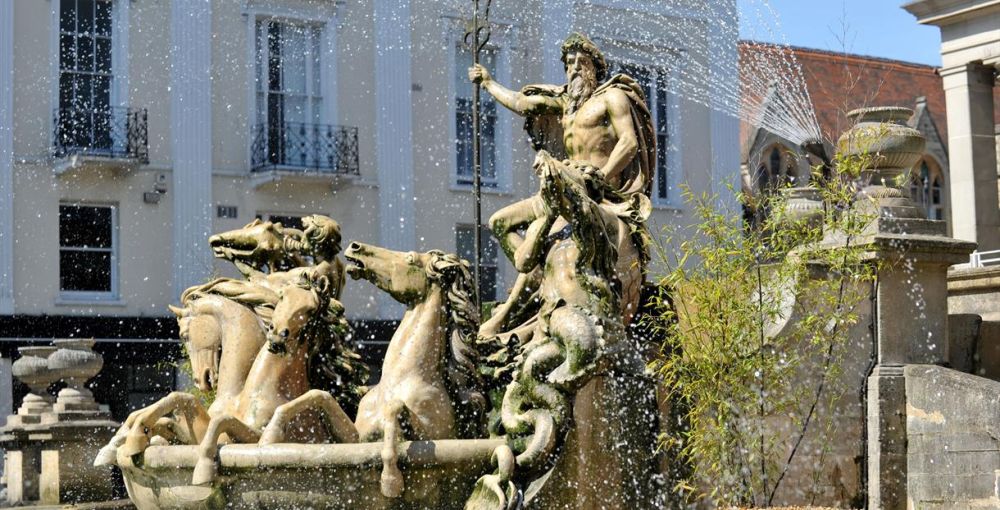

The Fountain of Neptune is one of Bologna’s most iconic landmarks and a prime example of Mannerist architecture. Commissioned by the Cardinal Legate of Bologna, Charles Borromeo, the fountain was designed by Tommaso Laureti and the statue of Neptune was sculpted by the renowned artist Giambologna. It was completed in 1565 to symbolize papal power, as Neptune represents a god able to tame the waters, just as the Pope would tame the worldly powers.
Bologna itself is a historic city, known for its rich cultural heritage. Over the centuries, the Fountain of Neptune has become a symbol of Bologna and a must-visit attraction for tourists from around the world. Early tourism to the site can be traced back to the time of the Grand Tour, a period when it was fashionable for wealthy Europeans to visit sights of cultural significance in cities like Bologna.
During the Grand Tour era, sightseers were drawn to the Fountain of Neptune because of its intricate design and the reputation of its creators. The fountain has stood the test of time and has continued to be a focal point in Bologna’s evolving tourism landscape. As travel became more accessible, the Fountain of Neptune became a stop for tourists interested in historical art, architecture, and Italian Renaissance culture.
Today’s travel trends showcase a shift towards experiential and immersive cultural experiences, with tourists seeking to connect with the history and local traditions of the places they visit. The Fountain of Neptune provides just such an experience. It stands proudly in the Piazza del Nettuno, adjacent to the Piazza Maggiore, wrapping visitors in the historical heart of Bologna.
Tourist visits to the fountain are often included as part of broader cultural tours of Bologna, exploring the historic city center, its medieval buildings, and the lengthy porticoes that the city is famous for. Furthermore, modern developments like lighting installations have ensured that the Fountain of Neptune is as much a spectacle by night as it is by day, fascinating visitors with its play of light and water.
Recognizing its importance to the cultural fabric and tourism industry of Bologna, restoration projects have been periodically undertaken to preserve the fountain's integrity and beauty. These efforts ensure that it remains a prominent tourist attraction and an enduring symbol of Bologna.
The site is highly accessible, located in a public square, and free to visit throughout the year. Informational plaques and guided tours are available, offering insights into the fountain’s history, its creators, and its significance within the architectural history of Italy.
As tourism trends evolve, the Fountain of Neptune is likely to continue attracting visitors who appreciate history, art, and the culture of Bologna. It remains an essential stop for anyone wanting to experience the soul of this historic Italian city.
In conclusion, the Fountain of Neptune in Bologna stands not only as a historical masterpiece but also as a testament to the enduring appeal of Bologna as a travel destination. Its maintenance and the appreciation it receives from both locals and tourists alike will ensure that it continues to charm future generations of travelers.